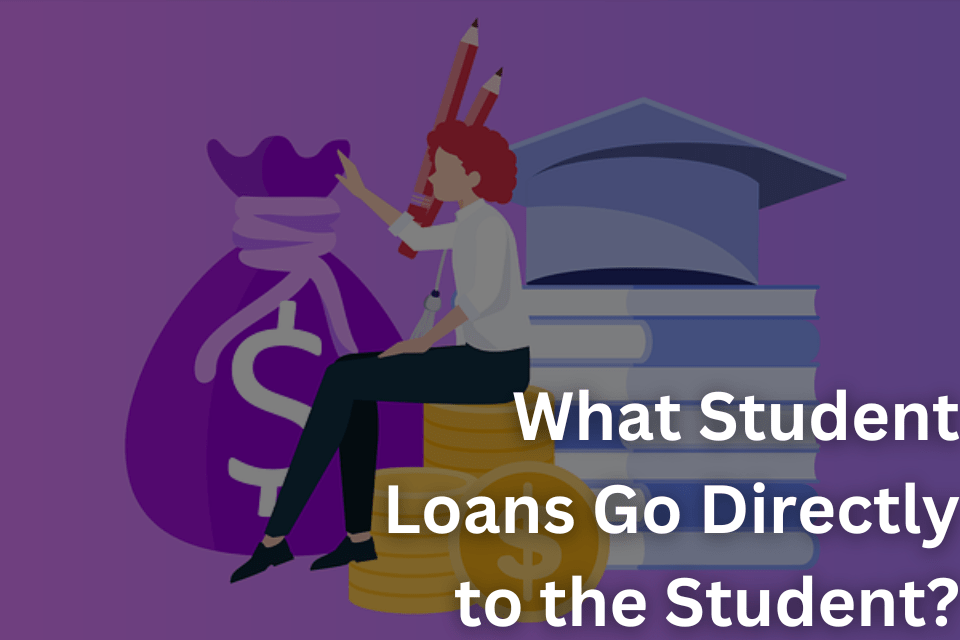Student loans are a vital resource for many college students, allowing them to afford the high cost of higher education. However, not all student loans are the same. Some student loans go directly to the student, while others go to the school. Understanding the differences between these types of loans is important for students and parents who are trying to pay for college.
Federal Direct Student Loans
The most common type of student loan that goes directly to the student is the Federal Direct Student Loan. These loans are issued by the U.S. Department of Education and are available to undergraduate and graduate students. There are two types of Federal Direct Student Loans: Direct Subsidized Loans and Direct Unsubsidized Loans.
Direct Subsidized Loans are awarded based on financial need and do not accrue interest while the student is in school. Direct Unsubsidized Loans are not based on need and accrue interest from the time the loan is disbursed.
Federal Parent PLUS Loans
Federal Parent PLUS Loans are another type of loan that goes directly to the student. These loans are issued by the U.S. Department of Education and are available to parents of dependent undergraduate students. They do not have any loan limits and the parents are responsible for repayment.
Private Student Loans
Private student loans are another option for students who need additional funding for college. These loans are issued by banks, credit unions, and other financial institutions. Unlike federal student loans, private student loans have variable interest rates and terms.
How to Apply for a Direct Student Loan
To apply for a Federal Direct Student Loan, students must first complete the Free Application for Federal Student Aid (FAFSA). The FAFSA is used to determine a student’s financial need and eligibility for federal student aid. Once a student has completed the FAFSA, they will receive a Student Aid Report (SAR) which will list the student’s aid options.
To apply for a private student loan, students should contact the bank, credit union, or financial institution where they want to apply for the loan. They will need to provide information about their credit history, income, and expenses.
Repaying Direct Student Loans
Once a student graduates, leaves school, or drops below half-time enrollment, they will be required to begin repayment of their direct student loans. The repayment period for federal student loans is typically 10 to 25 years, depending on the loan program. Private student loan repayment periods vary depending on the lender.
Conclusion
Student loans that go directly to the student are an important resource for many college students. Understanding the differences between federal and private student loans, and how to apply for them, can help students and parents make informed decisions about how to pay for college. It’s also important to know the repayment process after the student graduates, leaves school, or drops below half-time enrollment. This way, student and parents can be prepared for the financial obligations ahead.

